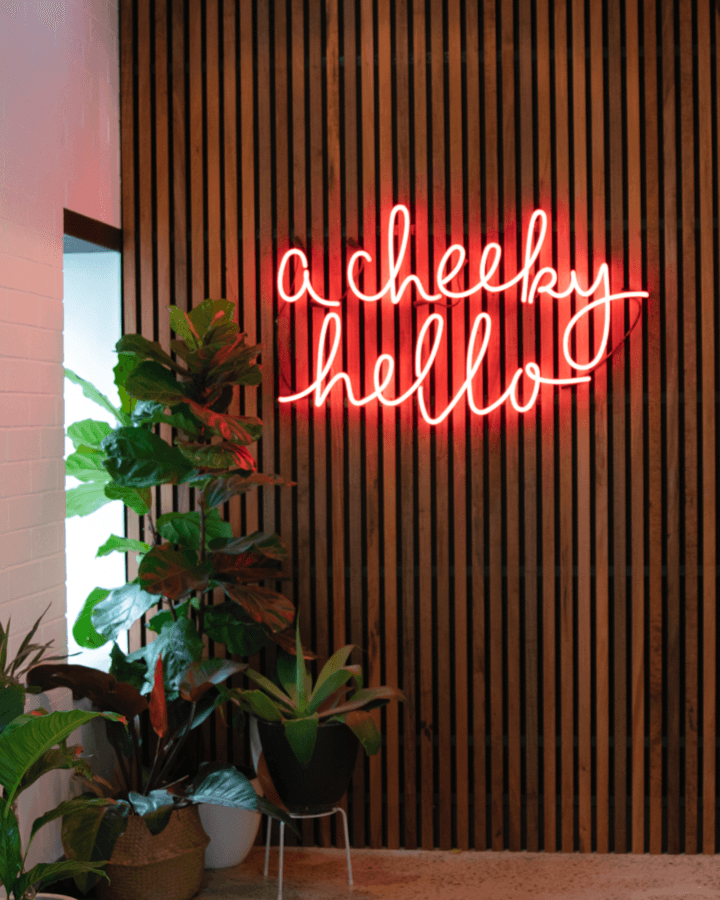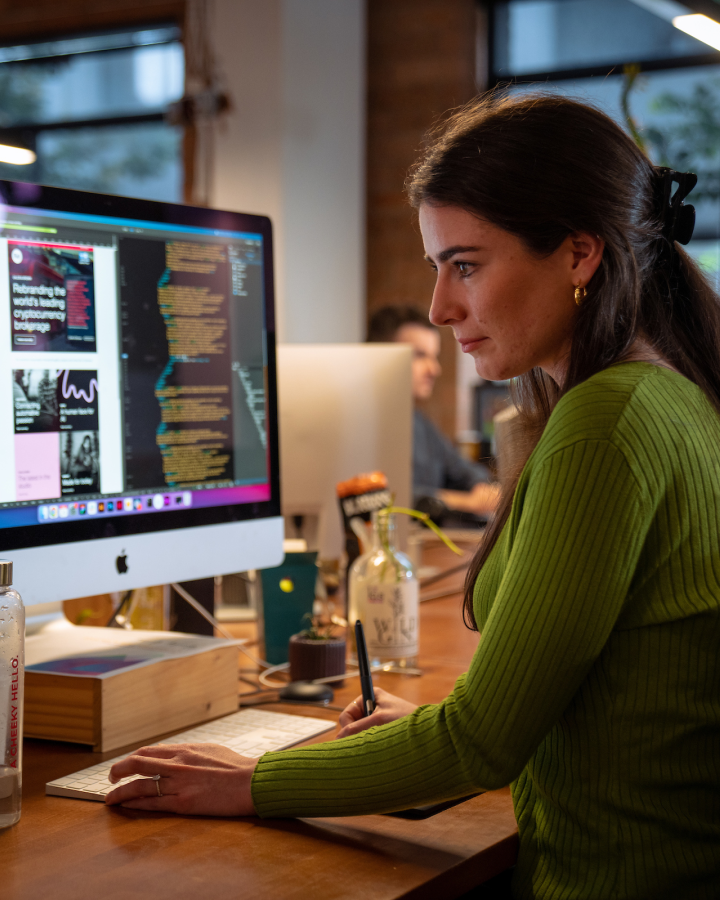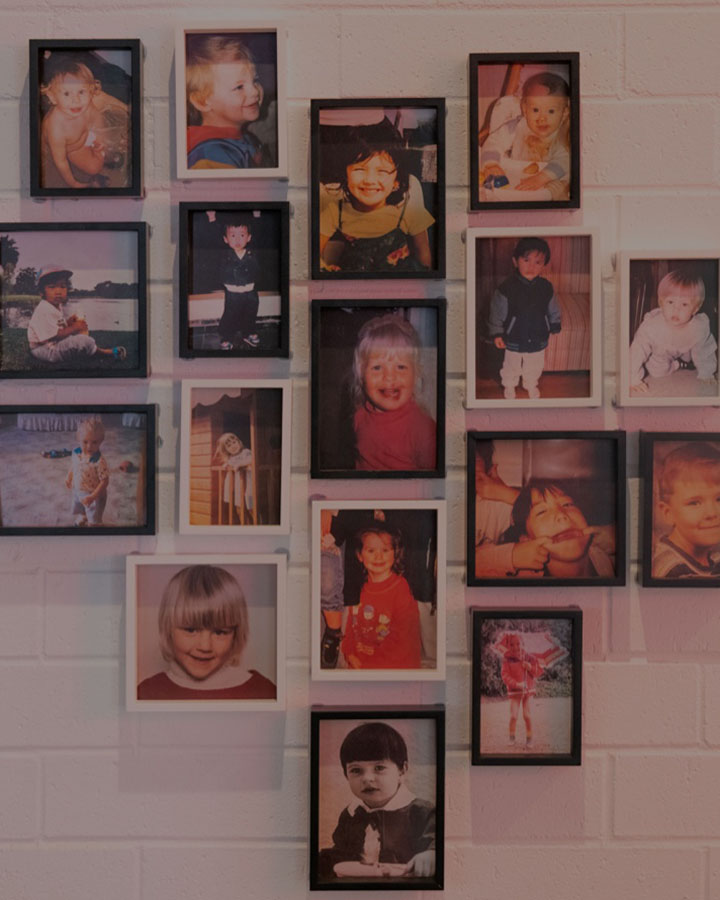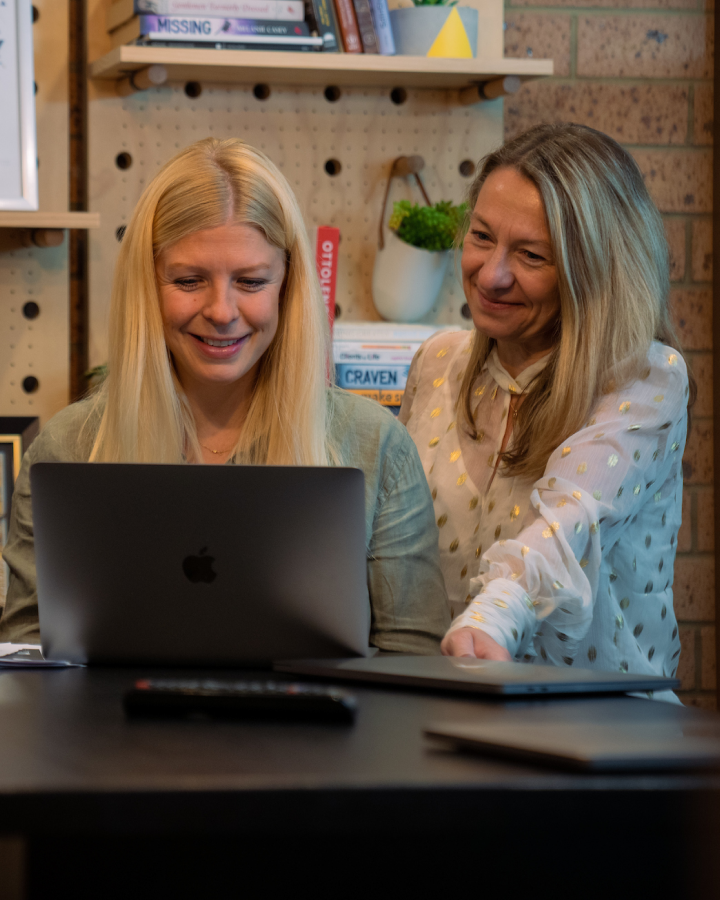The value of banking on brand for the long-haul
Capitalising on counterintuitive convictions
If you believe what you read, we are entering another period of economic downturn with little cause for optimism. Consumer confidence is falling across the world, interest rates are rising to help stem inflation, while the cost of living is reaching all-time highs. It’s a scary time – particularly for those businesses preparing to scale up. And the natural response is to hunker down, and take action for self-preservation. Or put more simply, cut costs and find efficiencies to help weather the storm.
And while on the surface this makes sense, history tells us it is the businesses that approach recession with bravery, conviction and action that realise longer-term growth when optimism returns. The businesses who use the quieter trading time to invest in their own brand, and consider who they will be when the better times return, are better equipped to capitalise on returning prosperity.
The time for a shift in focus
Thanks to the democratisation delivered through tech, it is easier than ever for early-stage businesses to create their brand. At bootstrapping stage, logos and design can be outsourced to a global freelance community, and intuitive tech tools allow founders and start-up teams to adapt templates to present themselves. Funds are channelled into hiring the right people and into product development to test and grow the concept in the market. And often, the novelty of the product or service overrides the importance of brand, and gets early adopters’ attention and custom. Newness is news. Happy days.
The downside, in time, is that cookie-cutter solutions ultimately fail to differentiate. And newness doesn’t last. So when your offering is no longer new news, you are open to competitors moving into the market with copycat products, cheaper offerings or improved options – today’s world moves fast. A recent study by USyd & Hotwire highlighted that this problem is even worse amongst tech scale-ups. Adhering to familiarity and avoiding risk, many tech scale ups brand blue, (it represents sincerity and trust). But this is a cosmetic, not strategic, decision. This is so common, the study found similar levels of brand awareness (and in some cases higher levels of awareness) for fictional brands vs real scale-up tech brands.
The importance of brand naturally takes a back seat to the importance of developing your business, but in difficult times, brand is what people buy when they can’t buy your product or service – it gives customers something to buy into, and creates a community that you can grow.

And this is more than a new logo
Brand building is not one activity, but a host of activities covering everything from the visual identity of your product or service to its expression in-market through content. Think of it as insurance policy and renovation rolled into one – protecting all that you have built to date, and allowing you to present the best version of yourself to the world.
The USyd & Hotwire study dives deep into the presentation of brand in the tech space, drawing a direct correlation between emotional attachment to brand and an eventual intent to purchase: “further investigation utilising regression analysis, showed that emotional connection is a significant positive predictor of intention to find out more, and therefore is crucial for brands that are looking to drive behavioural change, not just increase recognition”. Interesting that 82% of global high-performing non-tech brands use emotional language across brand taglines.*

Think beyond selling for the first time
Scale-ups earn the right to scale-up because people buy what they do. But, ultimately this isn’t enough. Brands become a part of customers’ lives over time, and to earn this right, you need to offer meaning. To stand for something and create real meaning, this consistency needs to stem from something authentic and unique. From the core of your business, from your purpose, your reason for being. Brand is so much more than a mark, a name, a logo. It is a window to the soul of your business. It’s a promise. When you define and capture this, and express it with consistency, you will be on a long-term journey to building customer relationships.
But moreso, a well developed brand, based on authenticity of purpose and meaning, presents opportunities to capture new audiences, and expand your reach beyond early adopters. It creates a wider context beyond newness of product and service. It provides legitimacy, and a sense of trust for customers looking for stability after turbulent times.
Own the future
By prioritising brand building, you own the territory before your competitors. But somehow it’s often the ‘to-do’ that falls off the list. In a scale-up world where everyone runs at 100 miles an hour, brutal prioritisation is a must. I would argue that the solution, regularly shared amongst many entrepreneurs, is to stick to what you do best and hire someone, either internally or an external agency, who is an expert in what you are not. Yes, it’s an investment, but an investment creating the platform for future growth.
If you’re looking for an agency, look for a clearly defined process, where your opinion and invaluable founder and key-team learnings are heard, but in a structured and timely way, with regular, scheduled and time-limited inputs in a collaborative process. You’re along for the ride without having the spurs.

Be brave, like you already are
The economics of being brave and proactive are clear. There are reams written on the benefits of maintaining marketing spend through a recession. One example which has come to my attention through a recent rebrand is Reckitt & Benckiser (quoted in the Harvard Business Review), where the company increased its marketing spend during the last GFC by 25% and grew revenues by 8% and profits by 14%, when most of its rivals were reporting profit declines of 10% or more.** (Interestingly, although Reckitt is more than 200 years into its corporate journey, it’s now scaling. Last year announcing that they were “on a journey of transformation to sustainable growth”, they have evolved their brand to support this growth).
In supporting your brand with content through the bad times as well as the good, not only are you proving your commitment to your customers with your constant support, you’ll have a greater share of voice, taking centre stage to form customer relationships while your competitors cut their spend. The 9% of companies who came out of the global financial crisis better than they went in were the ones seen to “reduce costs selectively by focusing more on operational efficiency than their rivals do, even as they invest relatively comprehensively in the future by spending on marketing, R&D, and new assets.” ***
The future is scary, but it always was. Face up to it with bravery. But then again, scale-ups are defined by their bravery. Amen to that.
–
* Hotwire x University of Sydney “Decoding tech brands”.
** HBR: Don’t Cut Your Marketing Budget in a Recession by Nirmalya Kumar and Koen Pauwels, August 14, 2020.
***Nitin Nohria, also recently quoted by David C Baker
Want more?
If you haven’t already, subscribe to our fortnightly eDM in the footer — creative love letters of sorts to all things cool and meaningful.
And make sure to check out some of the brands we’ve created.





